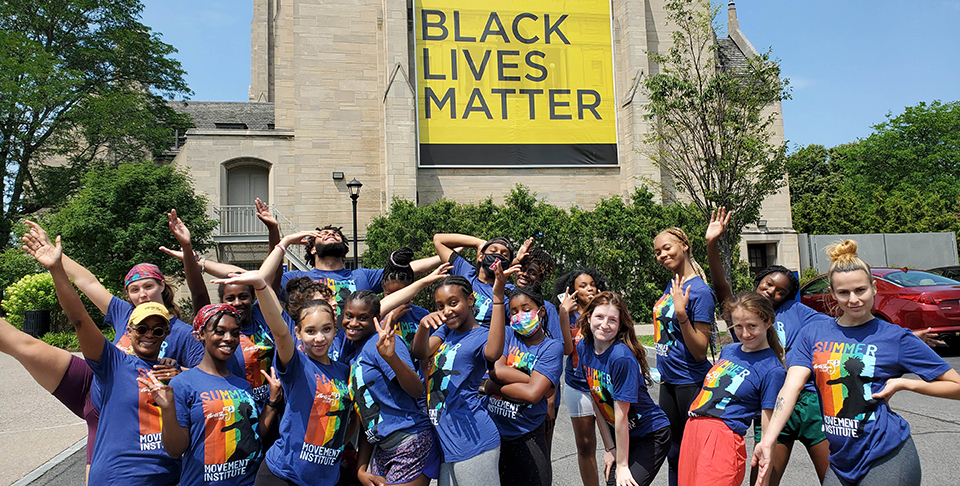We are committed to eliminating the economic, cultural, and practical barriers that prohibit people from accessing the life-enhancing benefits of art. At MAG, everyone is welcome.
Land Acknowledgement
The Memorial Art Gallery of the University of Rochester sits on the lands of the Haudenosaunee people, specifically the Seneca Nation. These lands were the traditional territory of the Seneca prior to their removal through invasion and occupation, as well as deceptive and broken agreements. The lands continue to serve as home to the native peoples and cultures who have lived here for centuries. Stories of creation, ancestors, spiritual life, and the struggle for survival and identity live today in this land. We honor the rich culture, heritage, and contributions of native peoples, and their stewardship of the land that we now occupy.
We are keenly aware of the role that museums have played in contributing to the struggles faced by Native Americans. As an art museum, we are committed to working toward dismantling the systems of oppression that have impacted the lives of Native Americans both historically and presently. We are committed to working across all facets of our institution to address the long history of the invisibility of Native Americans. We aim to promote the important and myriad contributions to art, culture, and society of Native Americans in order to effect positive change in our community.

